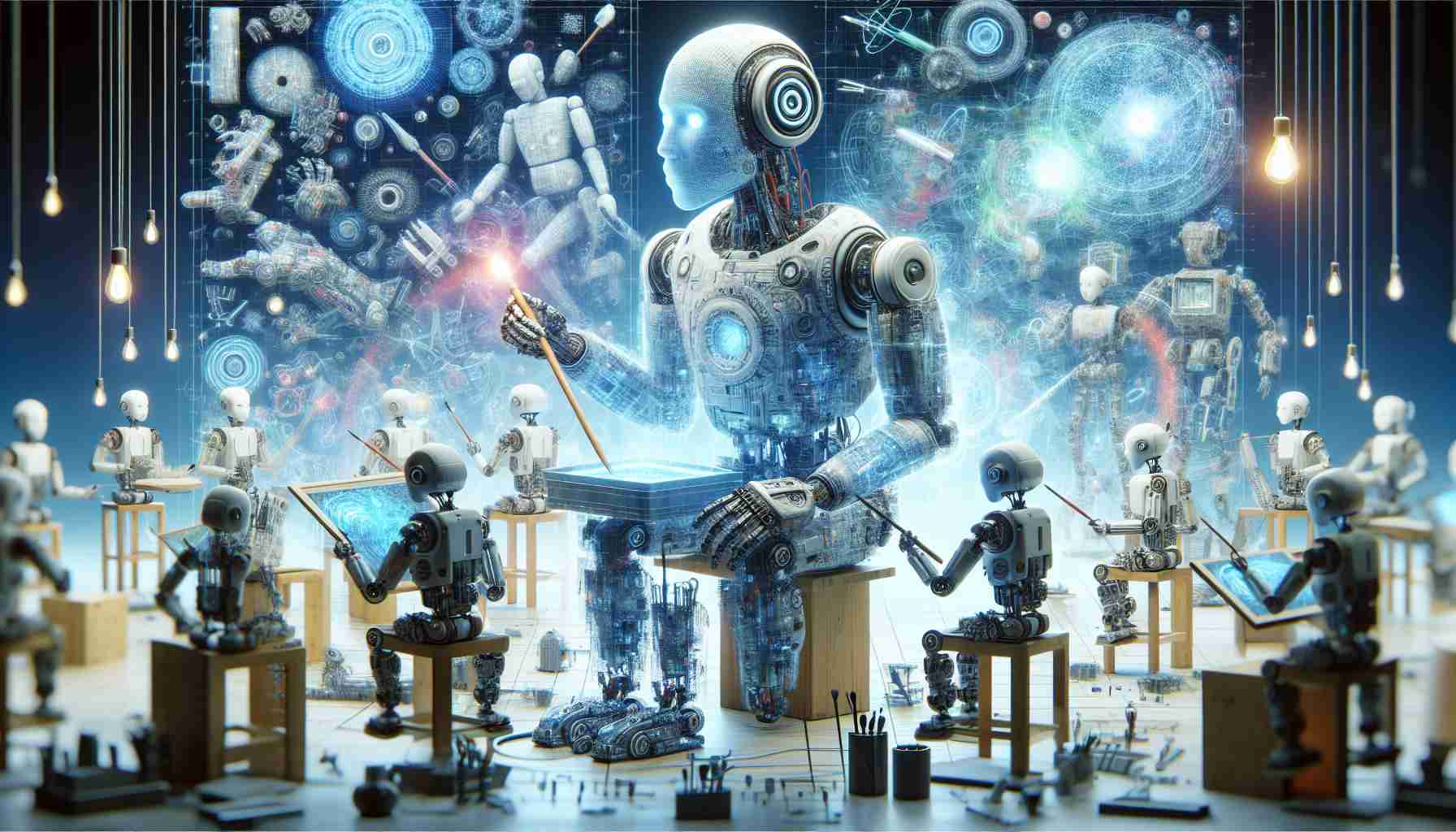As we advance further into the 21st century, the influence of artificial intelligence is undeniably growing in various sectors of our lives, sparking both fascination and concern. One notable innovation is Shimon, a creation of Gil Weinberg at the Georgia Institute of Technology. Shimon is not just an ordinary robot; it has gained acclaim as a musical entity capable of participating in rap battles, engaging with human performers through its advanced neural network and real-time beat generation.
In 2020, Shimon faced rapper Dash Smith in a playful competition, showcasing its ability to deliver sharp, clever rhymes while staying in tune with the rhythm, a feat that required immense programming skill and creative insight. This milestone marks a significant step in AI’s role in the arts, pushing the boundaries of what machines can achieve in creative expression.
Moreover, the integration of robotics in sports also gained attention, as evidenced by an event during the COVID-19 pandemic when a lineup of humanoid Pepper robots enlivened an otherwise empty baseball stadium in Fukuoka, Japan. This innovative approach not only entertained fans but also revived the festive atmosphere vital to live sports.
From musical talents to cheerleading robots, the phenomenon of intelligent machines is reshaping our entertainment landscape. These advancements prompt important discussions about the implications and responsibilities that come with such technology in society.
**FAQ Section:**
1. What is Shimon?
Shimon is an advanced robot created by Gil Weinberg at the Georgia Institute of Technology, known for its ability to participate in musical performances, particularly in rap battles, using a sophisticated neural network.
2. What was the notable event involving Shimon in 2020?
In 2020, Shimon participated in a rap battle against rapper Dash Smith, demonstrating its capabilities to deliver sharp rhymes and match rhythms in real time, highlighting the potential of artificial intelligence in creative arts.
3. How has robotics been integrated into sports?
During the COVID-19 pandemic, humanoid Pepper robots were used in a baseball stadium in Fukuoka, Japan, to entertain fans while maintaining the festive atmosphere despite the absence of live audiences.
4. What are the implications of integrating AI and robotics into entertainment?
The integration of AI and robotics into entertainment raises discussions about the responsibilities of creators and the societal impacts of intelligent machines, particularly in creative expression and audience engagement.
5. What advancements are being made in the field of AI and robotics?
Advancements include the development of robots that can perform musically, engage in competitive activities, and participate in sports events, significantly reshaping the entertainment landscape.
**Key Terms:**
– **Artificial Intelligence (AI):** The simulation of human intelligence processes by machines, particularly computer systems, which includes learning, reasoning, and self-correction.
– **Neural Network:** A series of algorithms that attempt to recognize underlying relationships in a set of data through a process that mimics the way the human brain operates.
– **Robotics:** The branch of technology that deals with the design, construction, operation, and application of robots.
– **Rap Battles:** Competitions where participants engage in improvisational or pre-written exchanges of rhymes, often involving clever wordplay and rhythm.
**Related Links:**
Georgia Institute of Technology
Artificial Intelligence Organization
